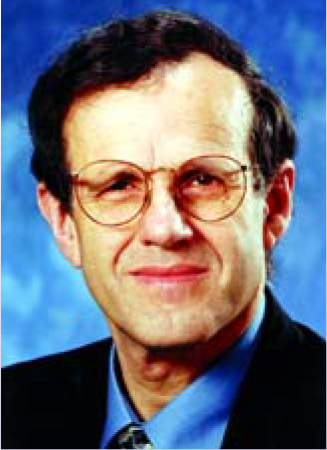Argonne Finds New Director In-House
DOI: 10.1063/1.1995742
On 18 April, after a nationwide search, Argonne National Laboratory got a new director from within its own ranks. Robert Rosner, an astrophysicist, had served for three years as the lab’s chief scientist and associate director for physical, biological, and computing sciences. Rosner succeeds Hermann Grunder, who had held the directorship since 2000. “It’s time to make space for younger people who have a lot of good ideas,” says Grunder. “Bob will make sensible decisions whatever the circumstances.”
As Argonne’s new director, Rosner says the biggest challenge for him and the staff will be fulfilling under a tight budget the laboratory’s 20-year strategic plan for science and technology. Rosner was key in developing the strategic plan after joining the lab in 2002. Argonne, a US Department of Energy (DOE) research center managed by the University of Chicago, has an annual operating budget of $475 million and employs about 2700 people.
Rosner points to the increased use by biologists of Argonne’s x-ray facility, the Advanced Photon Source (APS), and to stronger ties between the University of Chicago and the lab as hallmarks of Grunder’s tenure. “I am confident that we can replicate this kind of success in other areas within the lab’s research portfolio,” says Rosner.
Gaining a better understanding of biological systems through microbial genomics and related protein encoding is one of several objectives identified under the 20-year plan, and is a major thrust of DOE. The laboratory also plans to expand its nanoscience, computational science, and accelerator programs. Argonne is working with the state of Illinois to build a center for nanoscale materials, studying pathogens in collaboration with the National Institutes of Health, and conducting research on transportation and energy efficiency. For example, says Rosner, researchers are using the APS to study complex spray geometry in diesel injectors for research on hydrogen generation, fuel cells, and efficient diesel combustion. Winning a bid to build and operate the $1 billion Rare Isotope Accelerator is high on the lab’s wish list. Next month, DOE expects an advisory committee report reconsidering the priority of RIA in light of current budget constraints.

ARGONNE

